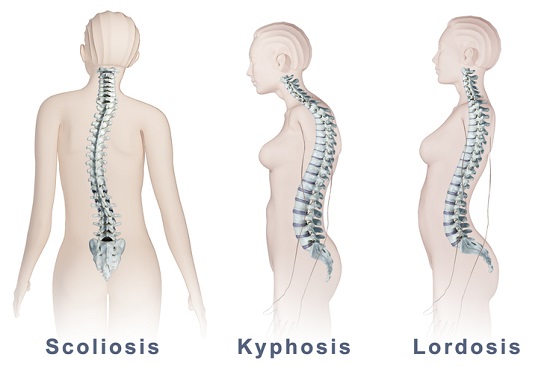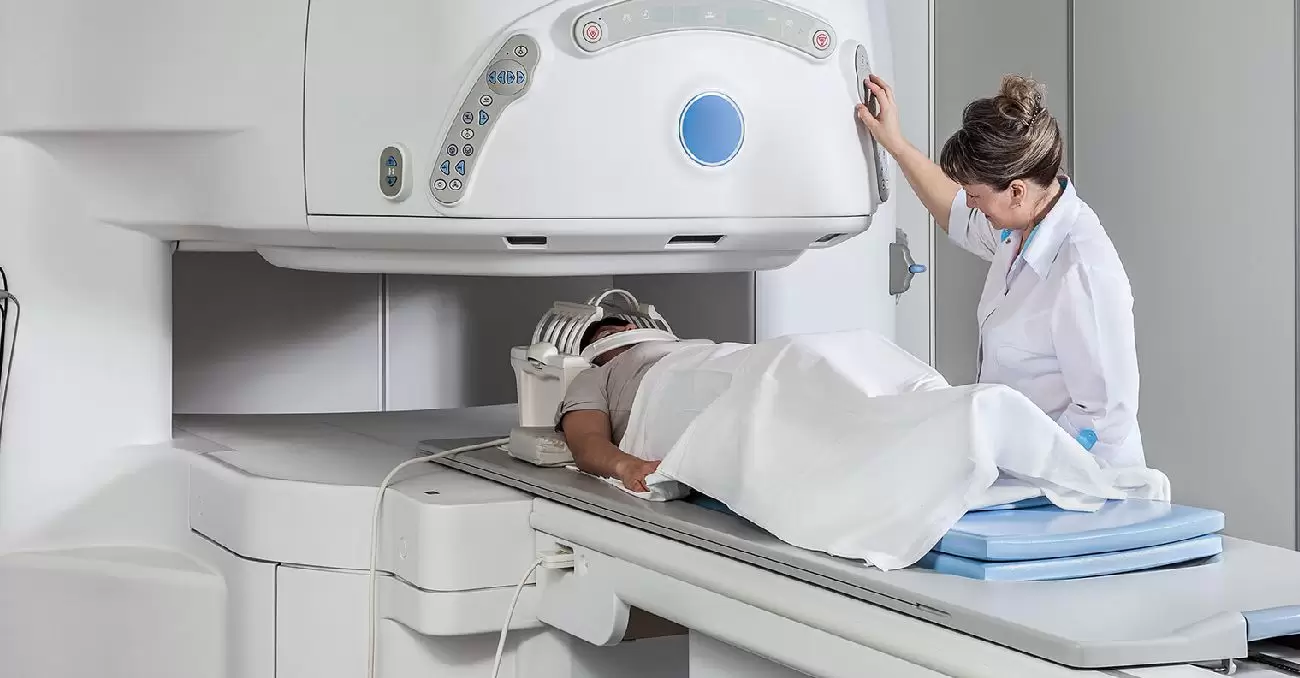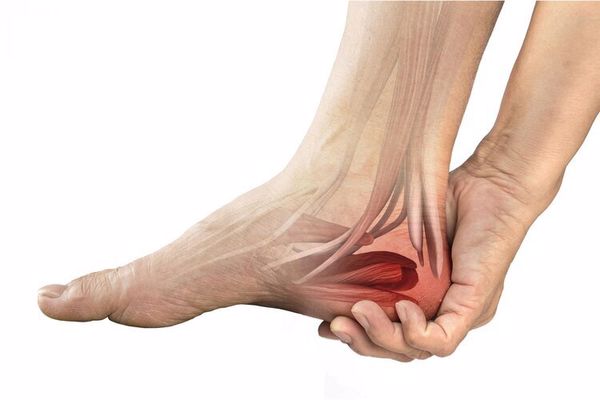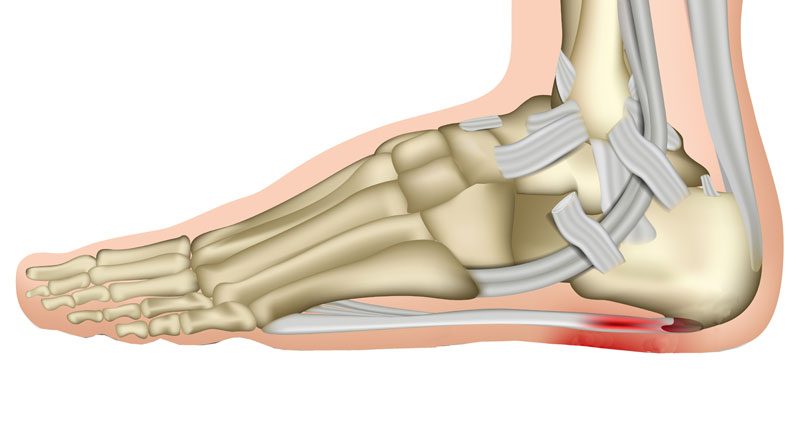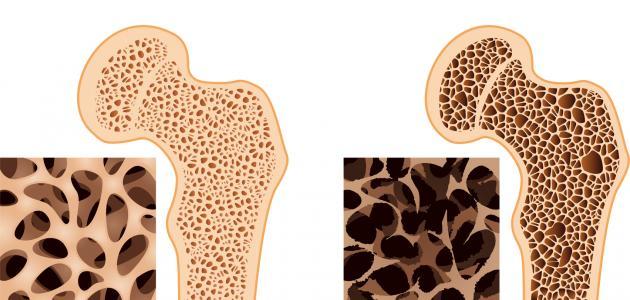Details on the Cost of Hip Replacement Surgery and Who is the Best Doctor for the Procedure in Egypt?
How is a Hip Replacement Surgery Performed?
The patient is well-prepared and ready for surgery as mentioned in the previous paragraph, and then undergoes the surgery through the following steps:
- In most cases, the patient is subjected to general anesthesia before the surgery.
- The doctor makes a surgical incision in the skin after locating the injury site, usually behind the pelvic bone.
- The doctor then installs the new joint, ensuring it is properly fixed, whether it’s partial or total replacement.
- The doctor ensures that the joint is properly functioning during the installation and is capable of movement.
- Finally, the wound is sterilized, sutured, and then covered with dressings to protect it from contamination until it heals properly.
After the surgery, the patient is returned to the recovery room for a thorough examination to ensure their safety and that they are not suffering from any complications post-surgery. The patient then stays in the hospital for a few days before being discharged.

Recovery Duration After Hip Replacement Surgery
Most patients who undergo hip replacement surgery require a recovery and healing period ranging from 6 to 12 weeks to fully recover and return to normal life. During this period, the patient must adhere to the medications prescribed by the doctor to avoid expected complications. However, complications such as blood clotting or infection of the artificial joint may occur.
How Long Does a Hip Replacement Surgery Take?
“Receive exceptional medical care and the best results from hip replacement surgery with Dr. Amro Amal and his distinguished team.”
Hip replacement surgery typically takes between one to two hours, during which the doctor performs all the steps of the operation with efficiency and great care. The situation varies depending on the extent of the patient’s injury and the additional procedures and preparations carried out before the surgery.

Post Hip Replacement Surgery Care
After undergoing hip replacement surgery, there are some important instructions that patients need to follow during the recovery period to alleviate pain and regain walking ability as quickly as possible. Today, we have Dr. Amro Amal, a consultant in orthopedic and joint surgery at Ain Shams University, who provides us with some tips and instructions that include:
- Patients should ensure to keep the wound clean and dry, avoid exposure to water, and change dressings regularly.
- Discuss current health status with the medical team.
- Avoid overloading or putting pressure on the new joint during the initial weeks post-surgery.
- Adhere to the medications prescribed by the doctor and follow the specified dosage.
- Regularly follow up with the doctor and consult them in case any complications are observed.
- Follow the doctor’s instructions related to movement to avoid risks in the future.
What is the Success Rate of Hip Replacement Surgery in Egypt?
Egypt boasts a high success rate in hip replacement surgeries, reaching 95%. The success largely depends on the patient’s condition and whether they have any other chronic diseases like diabetes. Patients can maintain their joint for the longest possible time by following certain instructions and tips, which include:
- Lie on the back or sit with legs stretched out, avoiding bending the knees.
- Change sitting positions every 40 minutes to avoid staying in one position for too long.
- Walk every day and avoid bending as much as possible.
- Engage in simple physical exercises like swimming to significantly strengthen muscles and improve joint mobility.
- Avoid crossing legs while sitting.
- The best sleeping position is on the back, avoiding sleeping on the side.
Physical Therapy After Hip Replacement Surgery
There are specific exercises to be performed after undergoing hip replacement surgery, which help increase blood circulation in the leg and feet. This is crucial for preventing blood clots in the leg. Additionally, these exercises aid in muscle strengthening and improving thigh movement. These exercises start shortly after the surgical procedure, and the most important examples include:
- Ankle Rotation: The patient moves the heel towards the other foot and vice versa, repeating the exercise 5 times in each direction, 3 or 4 times.
- Knee Bends Supported by the Bed: In this exercise, the feet are moved towards the buttocks, bending the knee and keeping the heel fixed on the bed. The knee is held in a bent position for 5 to 10 seconds, repeating this exercise 10 times in one session, about 3 to 4 times a day.
- Abduction Exercise: Involves moving the leg to the side as much as possible and then backward 10 times, for 3 or 4 sessions a day.
- Buttock Contractions: Involves tightening the buttock muscles for 5 counts and repeating this movement 10 times for 3 or 4 sessions a day.
- Straight Leg Raise: This exercise depends on tightening the thigh muscles with the knee fully extended on the bed and lifting the leg a few centimeters. The patient maintains this position for 5 to 10 seconds at a slow pace and repeats it until feeling fatigue and tiredness in the thigh muscle.
For more details about these exercises, click here.
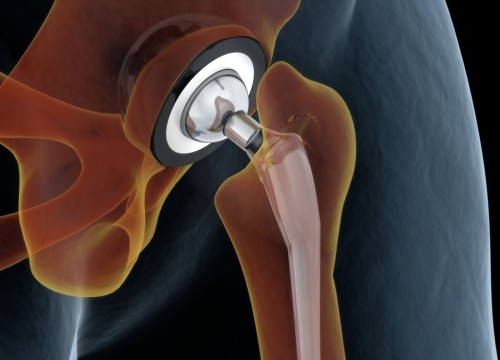
Post Hip Replacement Surgery Tips
The medical team overseeing the patient’s care in the hospital where they undergo hip replacement surgery offers some advice to help them feel better and alleviate the pain experienced. These tips also aim to avoid risks associated with the surgery and include:
- Applying ice packs to help reduce swelling.
- Taking painkillers prescribed by the doctor at the scheduled times and in the specified doses.
- Eating a diet rich in proteins and essential vitamins for the patient’s healing and recovery.
- Starting to walk for short periods during the first days after surgery, then gradually increasing the distance and duration, and taking sufficient rest if experiencing significant pain.
- Using crutches or a walker when ascending and descending stairs or when changing from standing to sitting.
- Keeping the wound clean, dry, and away from water and dirt to prevent infection and contamination.
The Best Doctor for Hip Replacement Surgery in Egypt
Egypt is distinguished by having a large elite of orthopedic surgeons with high competence and skill, ensuring the successful completion of surgical procedures. With us today is Dr. Amro Amal, a consultant in orthopedic and joint surgery at Ain Shams University, and one of the specialists in hip replacement surgeries in Egypt. He is known for his extensive experience, dedication, and constant care in choosing the best and most suitable options for his patients. He is patient in listening to their complaints and relies on the best and most modern medical devices and tools that contribute to the successful and efficient completion of the surgical procedure. If you are looking to contact a skilled doctor, you have indeed made the right choice, and you can directly contact Dr. Amro through his official website by clicking here.

When Does the Bone Heal After Hip Replacement Surgery?
“Dr. Amro Amal’s expertise ensures a safe and reliable hip replacement process.”
The bone requires several months to heal after a hip replacement surgery. In most cases, patients need at least six months to feel improvement and be able to resume their daily activities normally. The muscles gain sufficient strength and flexibility for the movement of the new joint during this period.
When Can a Patient Start Walking After Hip Replacement Surgery?
The ability of a patient to walk after hip replacement surgery depends on their overall condition. Some patients may be able to walk just one day after surgery, while others might start walking after two days with the aid of crutches or a walker. Patients typically move away from using a walker or crutches after 6 to 8 weeks, depending on their condition. On the other hand, some patients are not allowed to walk until one to three months post-surgery, as their health condition necessitates such caution.

Is Hip Replacement Surgery Dangerous?
In certain cases, hip replacement surgery can pose risks to the patient’s health because it may lead to complications such as joint stiffness, dislocation, and an increased likelihood of infection or inflammation. Therefore, it is essential for the patient to communicate directly with the treating physician to take necessary measures and precautions if complications arise.
How Long Does an Artificial Hip Joint Last?
Research and studies have shown that over 85 to 90% of artificial joints used in hip replacements can last for a long period, ranging from 15 to 20 years, performing their function normally when cared for and maintained properly. Therefore, orthopedic doctors often advise patients who undergo hip replacement surgery to follow the instructions and advice given by them and the physical therapist to preserve the artificial joint for as long as possible.
Pain After Hip Replacement Surgery
Hip replacement surgery naturally results in post-operative pain due to the surgical procedure. However, the patient usually starts feeling a significant improvement a few days after the surgery, when the pain becomes bearable. Overcoming this can be achieved through taking painkillers and anti-inflammatory drugs prescribed by the doctor to alleviate the pain.
In some cases, patients may experience severe pain post-surgery that becomes intolerable over time. In such situations, it is crucial to contact the doctor immediately, as the pain could indicate a problem or injury to the joint.
Does the Body Reject an Artificial Joint?
“Get ready for a significant improvement in your life with Dr. Amro Amal and his innovative hip replacement surgery.”
No, one of the essential characteristics of an artificial joint to be implanted is its compatibility with the patient’s body, ensuring that it is accepted and not rejected. These joints are designed to be compatible with the human body and can last for extended periods, potentially for the remainder of the patient’s life.

Sleeping Position After Hip Replacement Surgery
One of the significant challenges faced by patients who undergo hip replacement surgery is finding a comfortable and correct sleeping position. Patients should follow these instructions to overcome this issue:
- Sleep on the back and use a pillow under the knee.
- Be careful not to raise the bed more than a 45-degree angle to achieve the best sleeping position after the surgery.
- Avoid lifting the covers while lying in bed to prevent tripping or making a wrong movement that could put significant pressure on the joint and affect it.
- Ensure that the leg is always pointed towards the ceiling, not inward or outward.
- Avoid sleeping on the operated side for up to 6 weeks. Instead, sleep on the other, unaffected side, placing a pillow between the knees for support.



